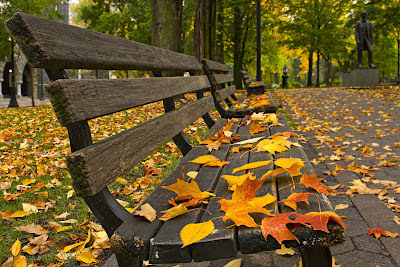The names “Thomas and Dorothy” were carved in the bark of one trunk. Another said “Bob and Carma”. Other trees were marked with soldiers’ home states - Iowa, Maine or Alabama - and several bore hearts and the names or initials of a wife or girlfriend.
The beech trees of Saint Pierre de Varengeville-Duclair forest bore a poignant testimony to the D-Day landings for more than six decades. Thousands of American soldiers stationed there after the liberation of Normandy spent their spare hours with a knife or bayonet creating a lasting reminder of their presence.
Although the trees grew and the graffiti swelled and twisted, this most peculiar memory of one of the 20th century’s defining moments remained visible - until now. Amid bureaucratic indifference and a dispute between officials and the forest owner, most of the trees have been felled, chopped up and turned into paper.
Claude Quétel, a French historian and Second World War specialist, was horrified when he discovered what he called a catastrophe and a shameless act. “It is a typically French failing to wipe out the traces of the past,” he told The Times. “I am indignant.”
Unfortunately, it is not a French failing alone. We, too, need to give diligence and look to those things we wish to preserve, lest our precious heritage slip from us as well.
Hat tip Michael Yon
Cross Posted at Say Anything








No comments:
Post a Comment